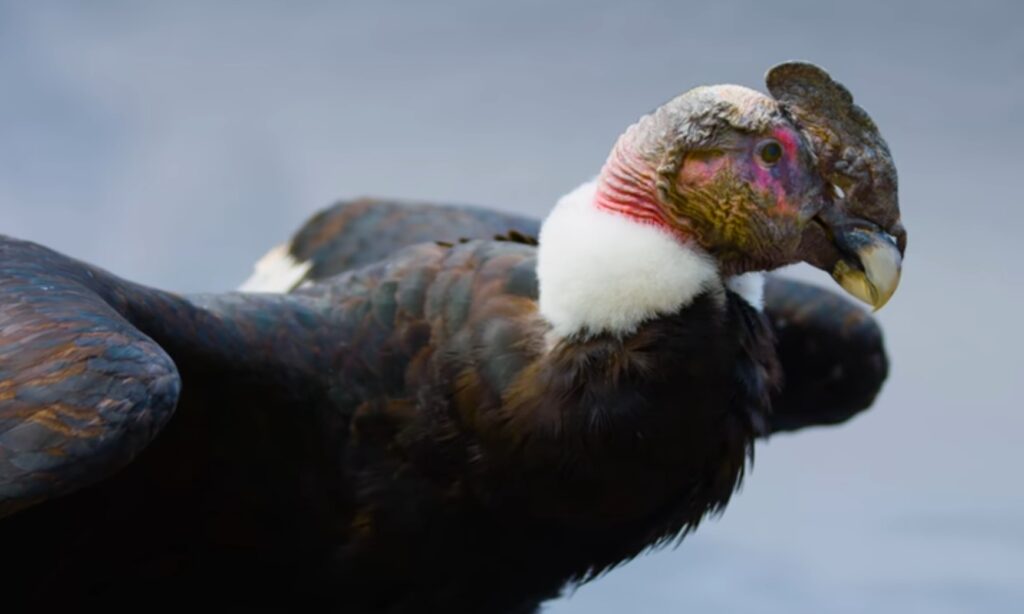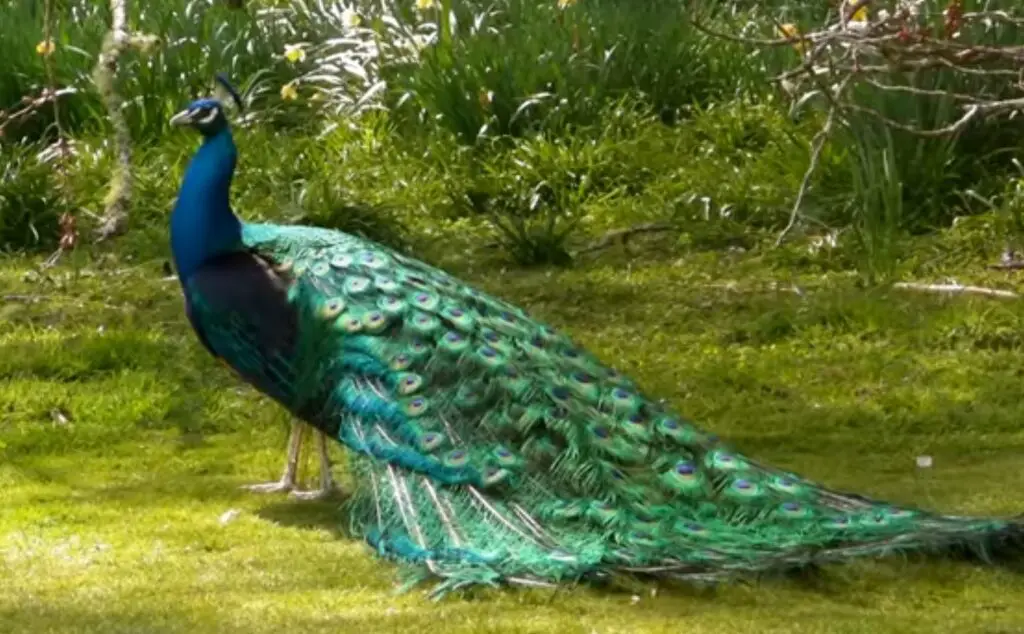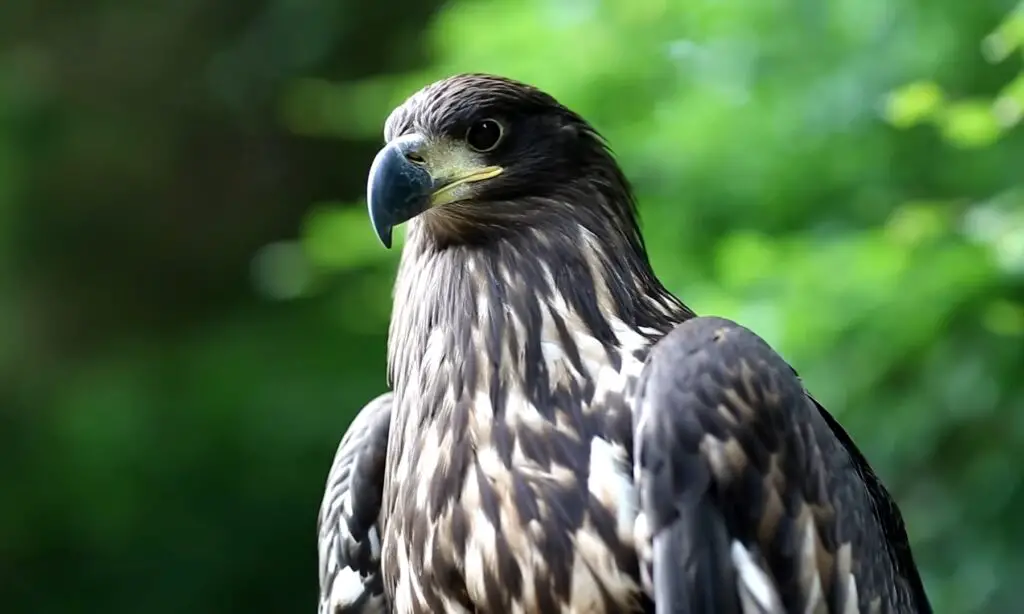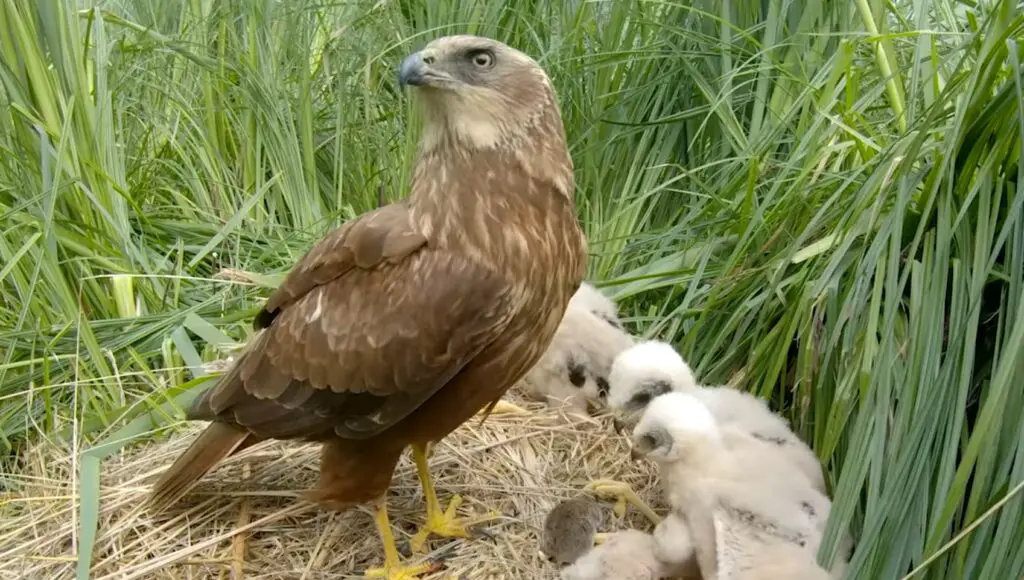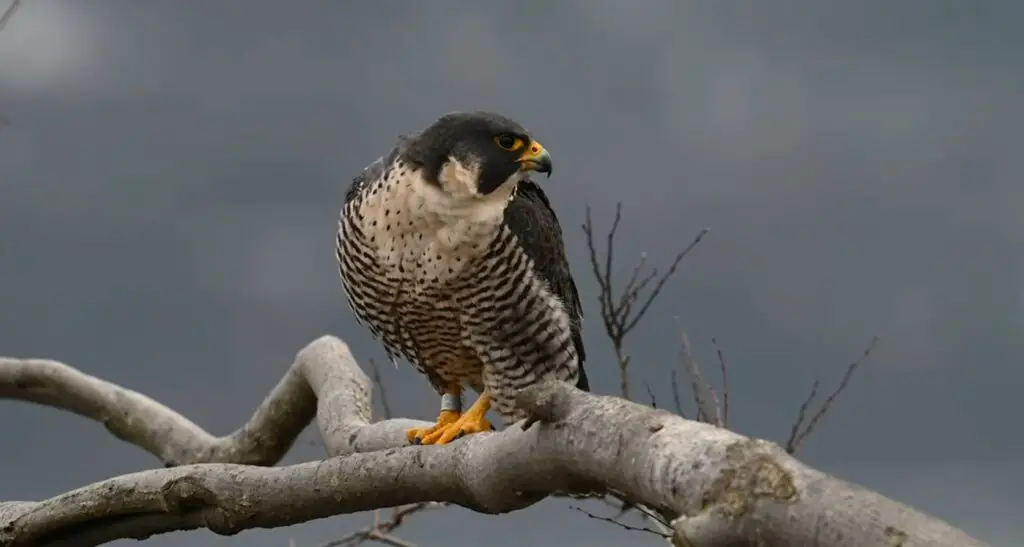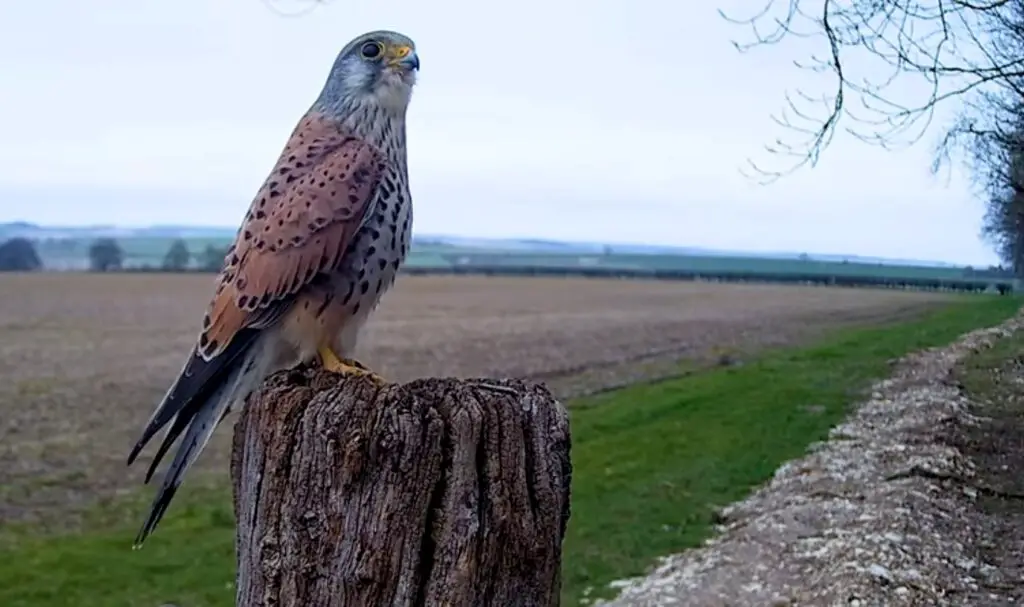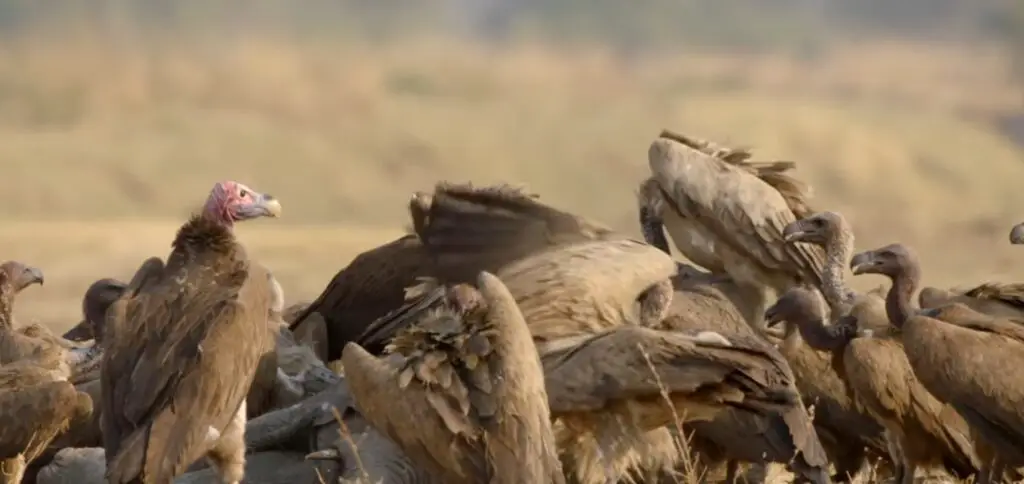High above the majestic peaks of the Andes Mountains soars a creature that embodies the awe-inspiring grandeur of the natural world—the Andean condor. With its immense wingspan and majestic flight, the Andean condor has captured the imagination of people for centuries. In this article, we delve into the remarkable world of the Andean condor, exploring its physical features, unique behaviors, cultural significance, and conservation efforts.
Magnificent Physical Characteristics:
The Andean condor (Vultur gryphus) is one of the largest flying birds in the world. It possesses an impressive wingspan of up to 3 meters (9.8 feet), allowing it to effortlessly glide through the mountainous landscapes of the Andes. These magnificent birds have distinctive black feathers, a white collar around their necks, and a fleshy comb on top of their heads. Male condors also sport a distinctive fleshy wattle on their necks. With their sharp beaks and powerful talons, Andean condors are well adapted for their predatory and scavenging lifestyle.
Biggest Condor?
The California condor (Gymnogyps californianus) holds the title of being the largest species of condor in the world. While both the Andean condor and the California Condor are impressive in size, the California condor generally has a slightly larger wingspan and body size. The wingspan of a California condor can reach up to 3 meters (9.8 feet) and they can weigh between 7 to 14 kilograms (15 to 31 pounds). These magnificent birds were on the brink of extinction in the 1980s, but through intensive conservation efforts, their populations have been slowly recovering.
Masters of Flight:
Andean condors are highly skilled flyers, utilizing thermal updrafts and air currents to effortlessly soar through the skies. Their broad wings are perfectly suited for gliding long distances without much flapping, conserving energy as they search for food or traverse their vast territories. These birds can reach impressive altitudes, with recorded sightings at heights exceeding 6,000 meters (19,685 feet). Their mastery of flight is a testament to their adaptation to the rugged mountainous regions they call home.
Scavengers and Opportunistic Hunters:
Andean condors are scavengers that primarily feed on carrion. Their keen eyesight allows them to spot carcasses from great distances, enabling them to locate a meal in the vast Andean landscapes. They play a crucial ecological role in their habitats by efficiently removing decaying animal matter and preventing the spread of diseases. While primarily scavengers, Andean condors are also known to hunt small animals like rodents and rabbits when opportunities arise.
Cultural Significance and Symbolism:
Throughout history, Andean condors have held great cultural and symbolic significance for indigenous peoples in the Andes. These majestic birds are considered sacred and are often associated with the deities and ancestral spirits. In Andean folklore, they are seen as guardians of the mountains and messengers between the earthly and spiritual realms. The Andean condor’s image is also widely used as a national symbol, representing strength, freedom, and the natural heritage of South American countries.
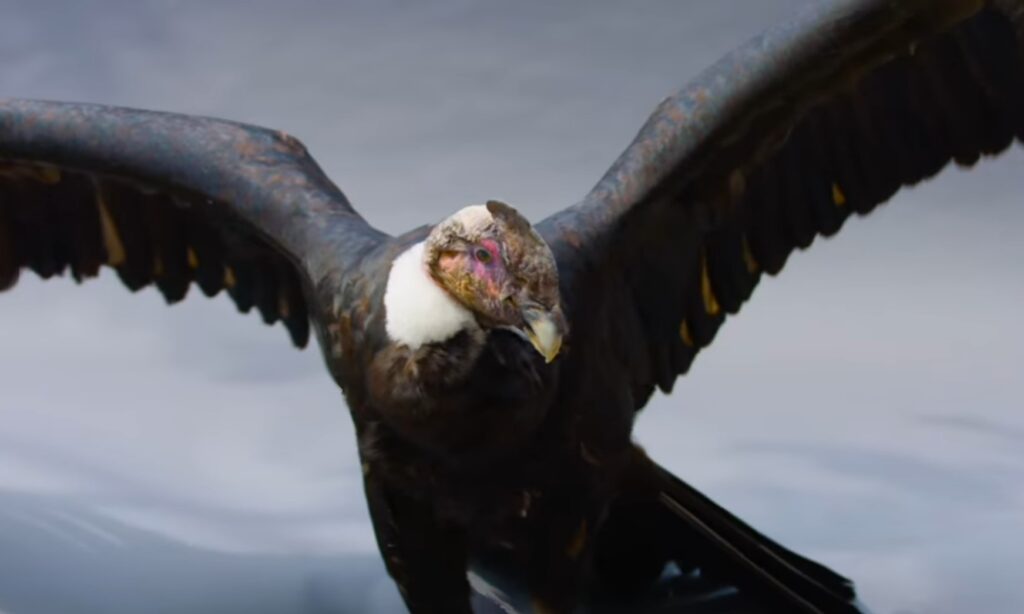
Is Andean Condor Carnivorous?
Yes, the Andean condor (Vultur gryphus) is primarily a scavenger and has a carnivorous diet. While they are capable of hunting small prey such as rodents and rabbits, their main source of food comes from carrion (dead animals). They have a keen sense of smell and excellent eyesight, which allows them to locate carcasses from great distances. By feeding on carrion, the Andean condor plays an important ecological role in removing decaying animal matter and preventing the spread of diseases.
Conservation Efforts:
Despite their cultural significance and ecological importance, Andean condors face threats to their survival. Habitat loss, poisoning from ingesting carcasses contaminated with pesticides, and illegal hunting have contributed to declining populations in some regions. Conservation organizations and governments have implemented various measures to protect these magnificent birds, including habitat preservation, breeding programs, and educational initiatives aimed at raising awareness about their conservation status.
The Andean condor’s mastery of the skies, cultural significance, and ecological importance make it a true icon of the Andes Mountains. With its grandeur, adaptability, and unique role as a scavenger, the Andean condor represents the beauty and resilience of the natural world. As we work to protect these remarkable birds and their habitats, we ensure that future generations can continue to marvel at their majestic flights and appreciate the vital role they play in maintaining the balance of ecosystems in the South American Andes.

